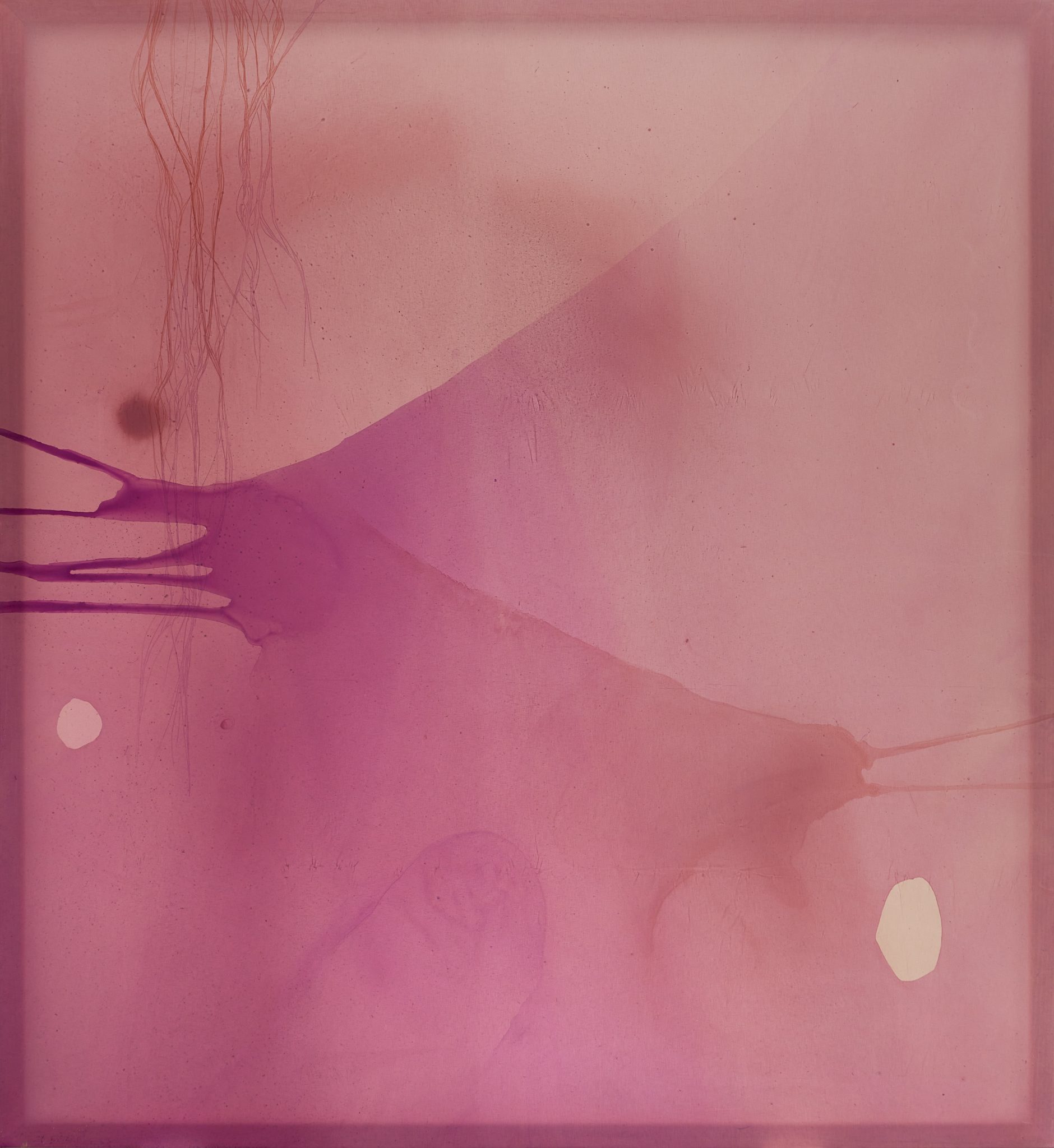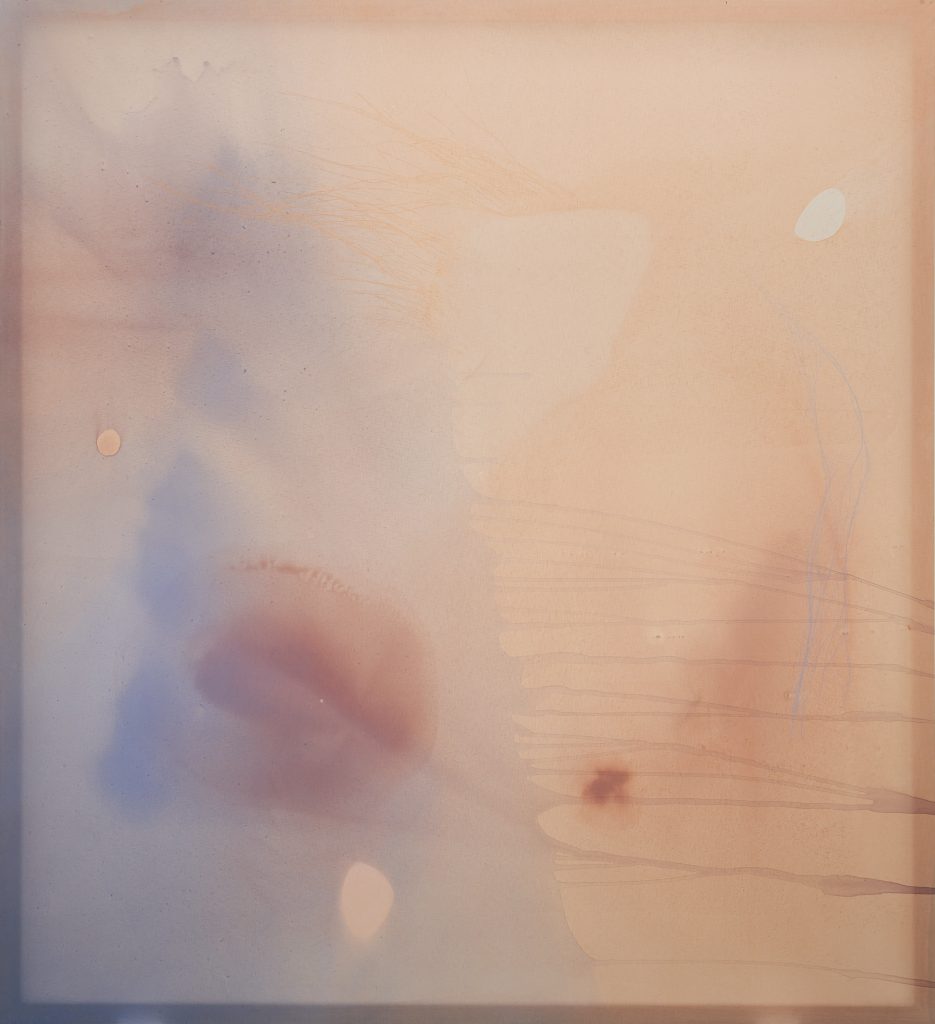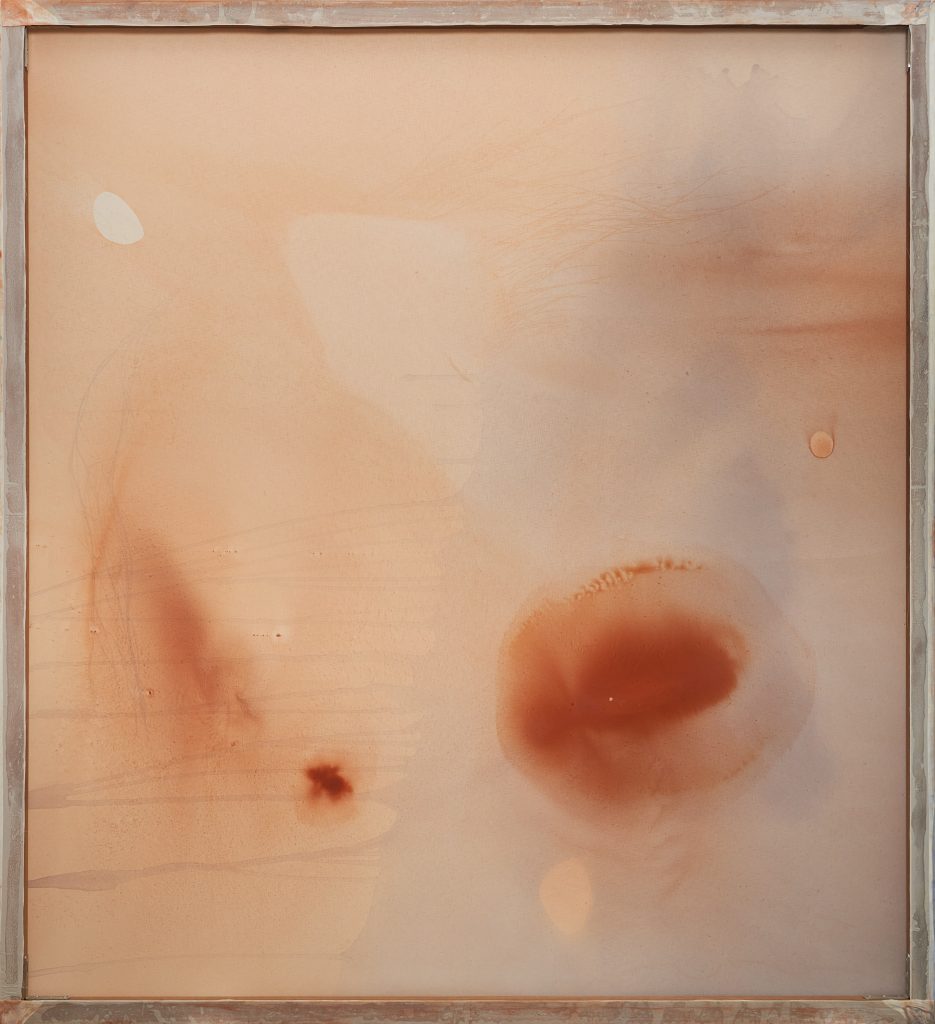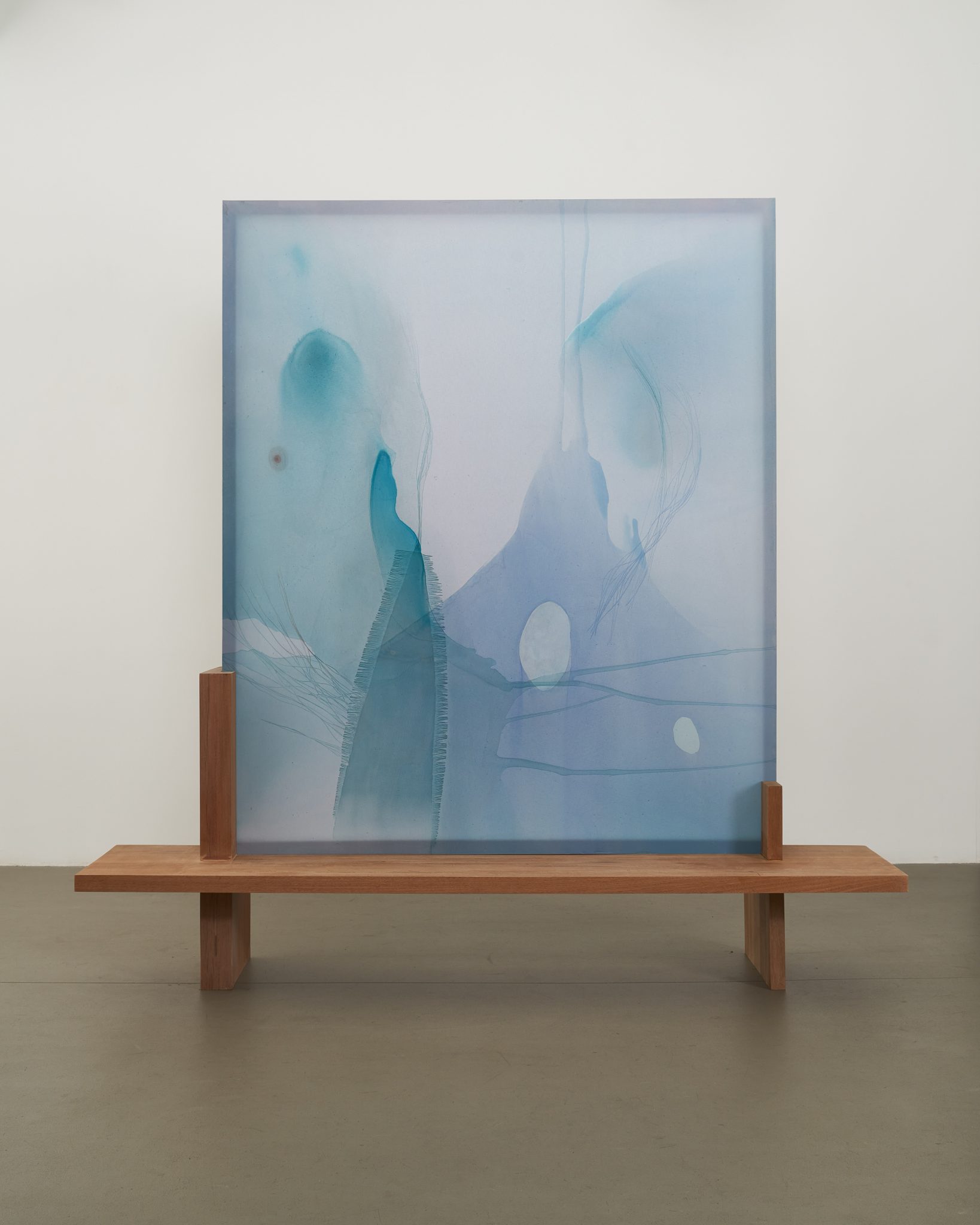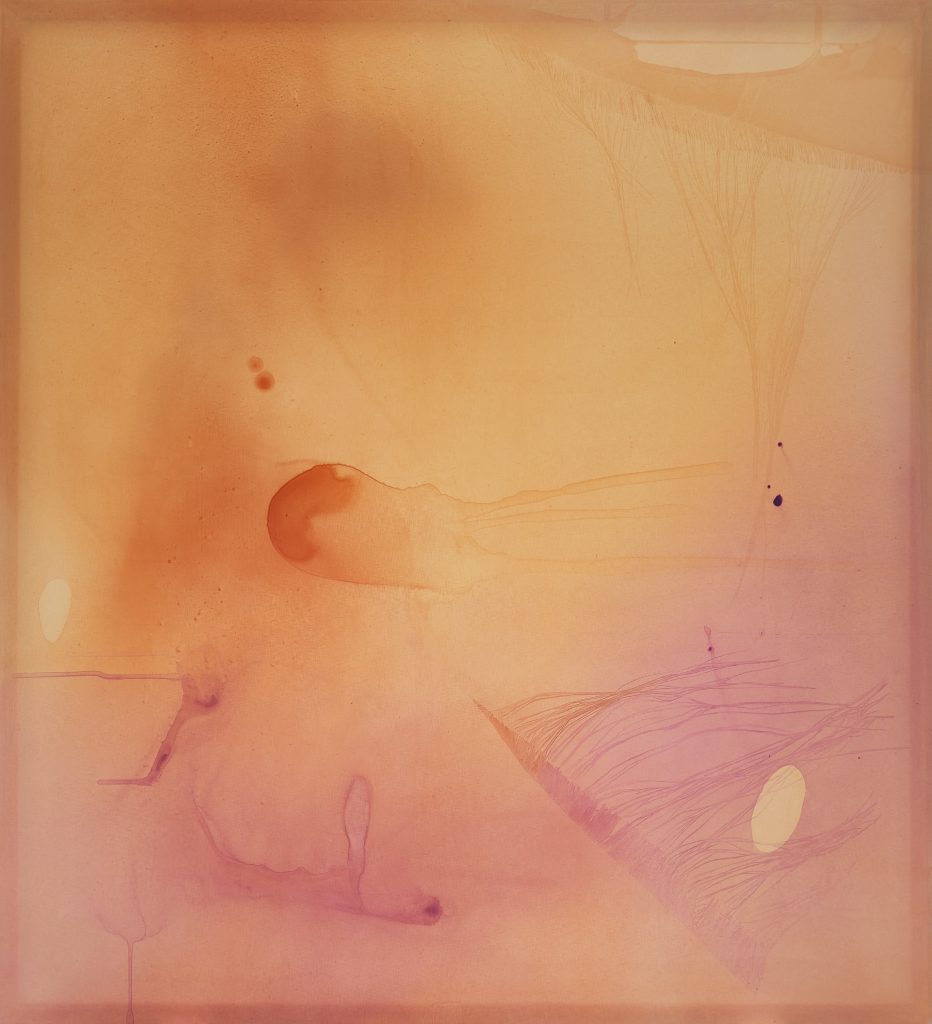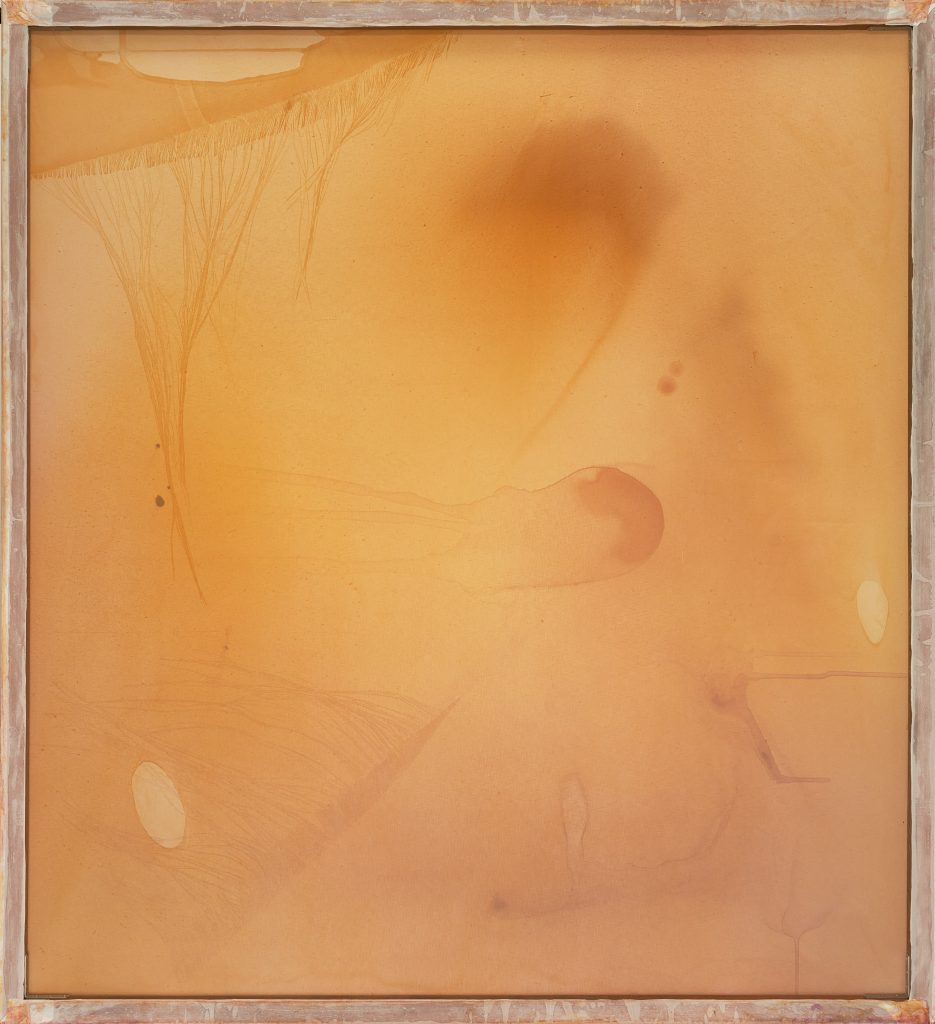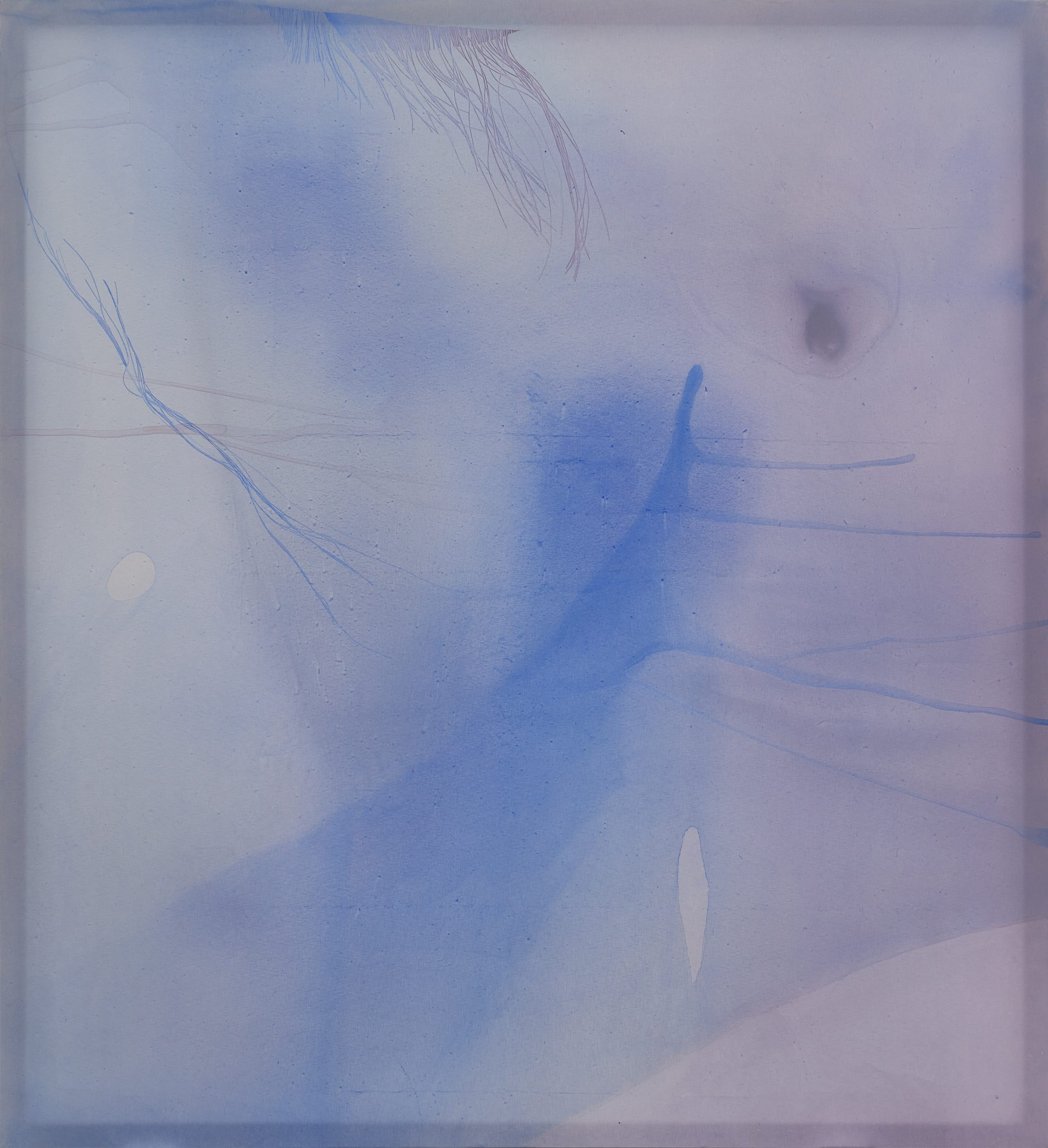
Screen Practice II, 2021, Acrylic on aeronautical fabric, balau wood, 180 x 165 cm (double sided)
SS: Given that so much contemporary art is predominately figurative, or at least figural, and that the notion of the contemporary is still fairly recent in Asia, what do you think abstraction does in Asia?

